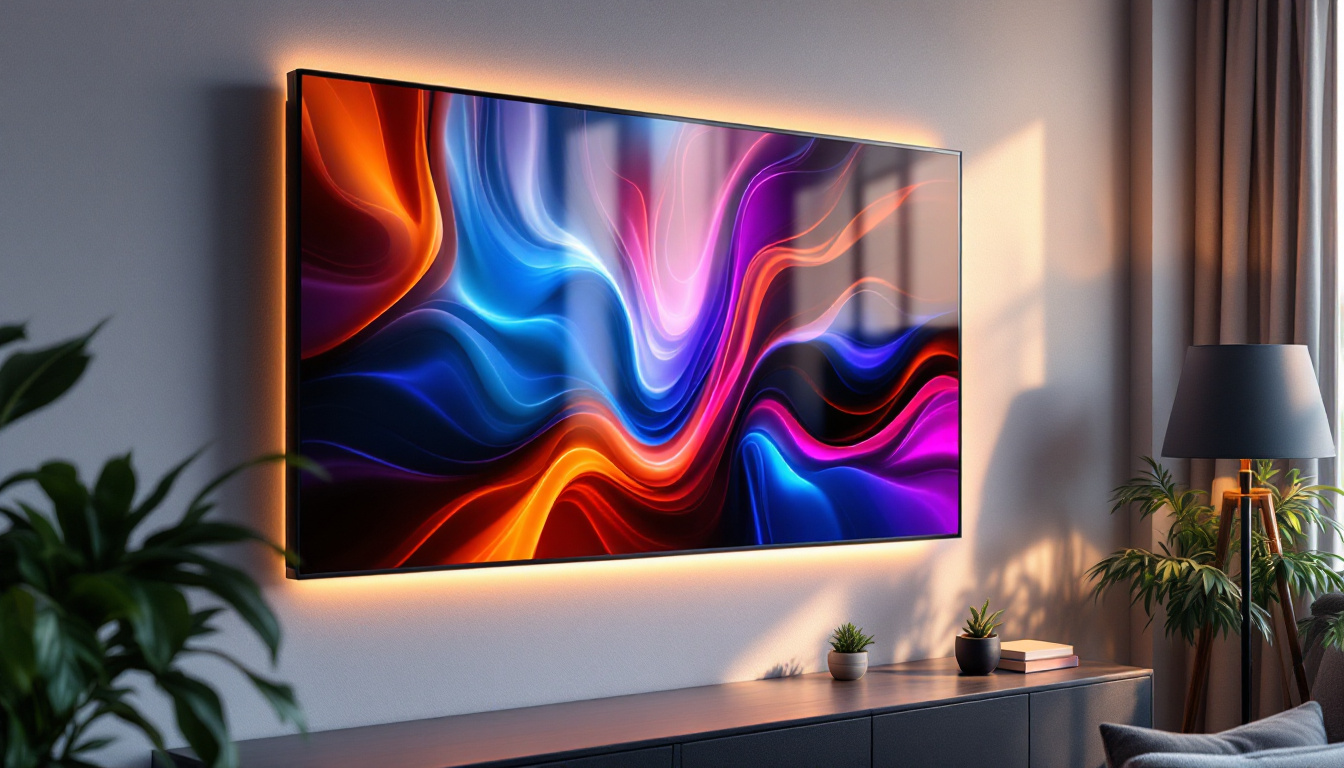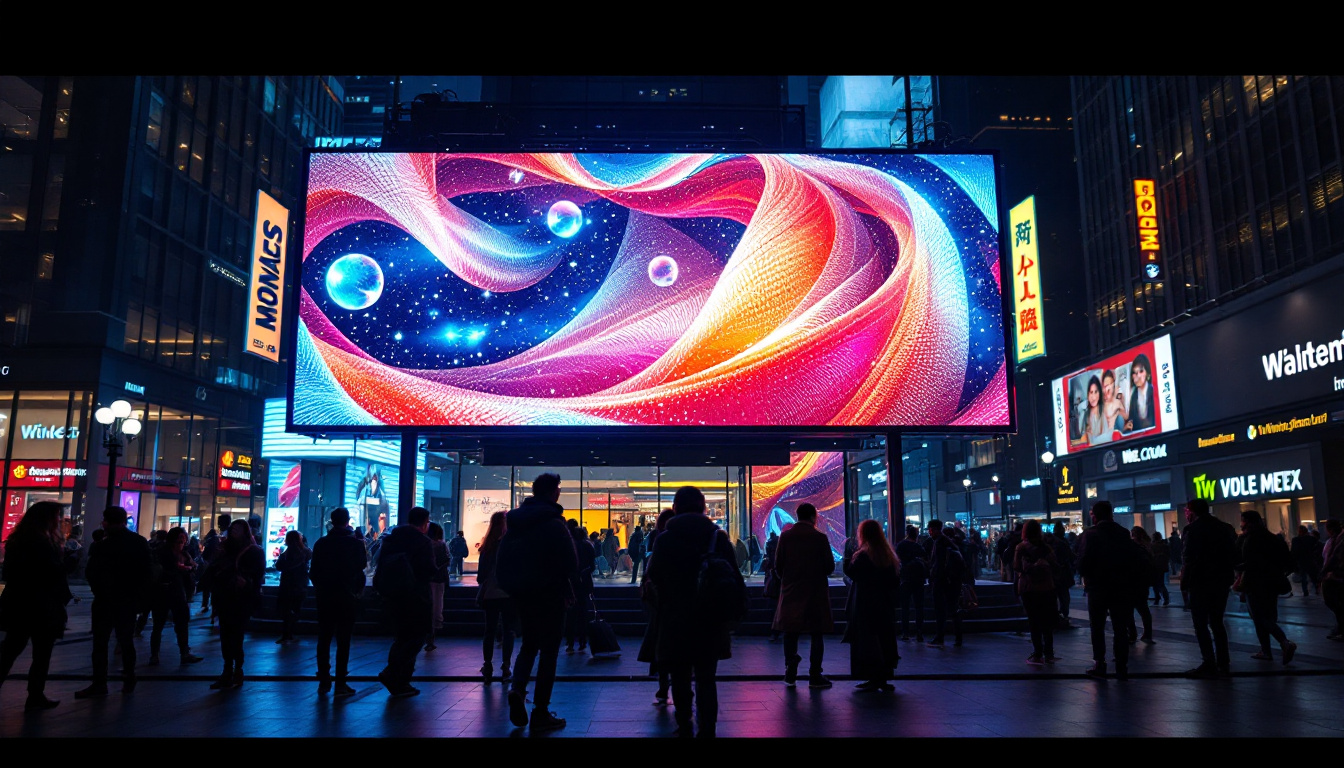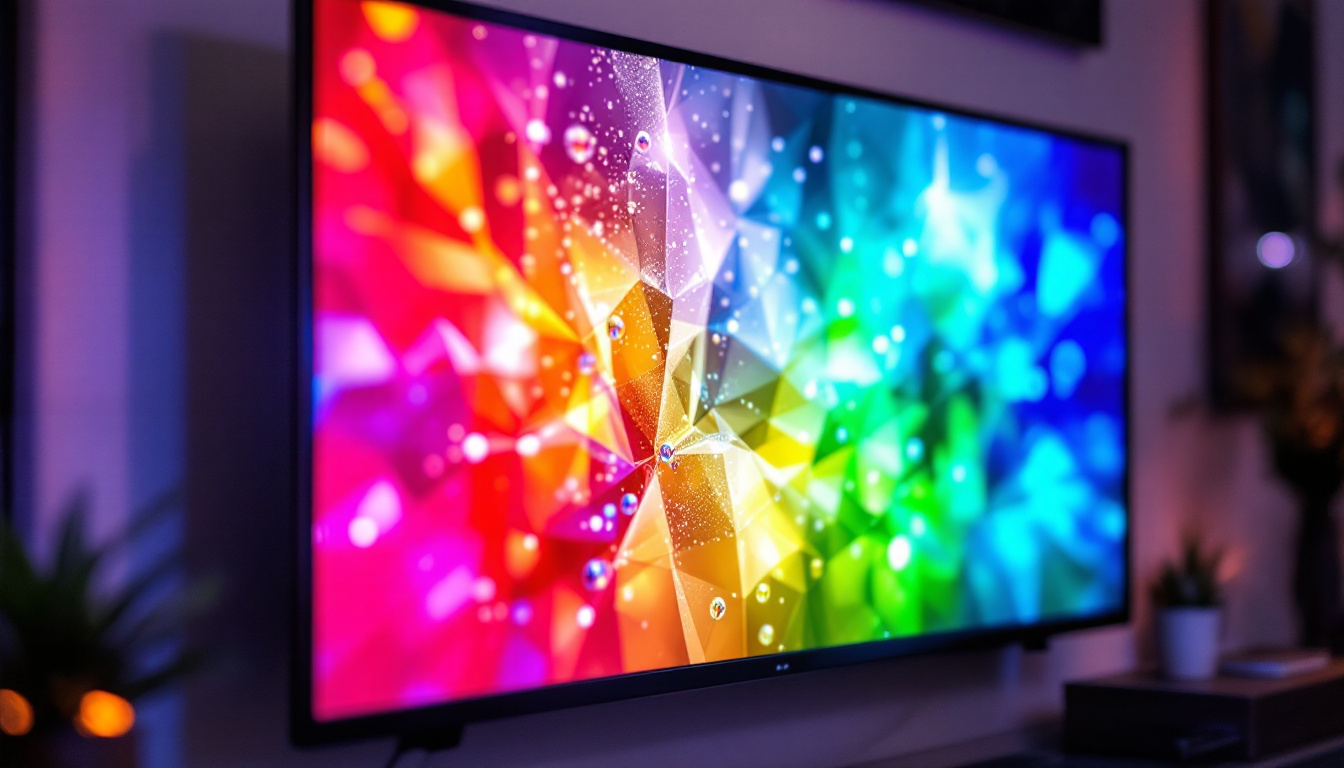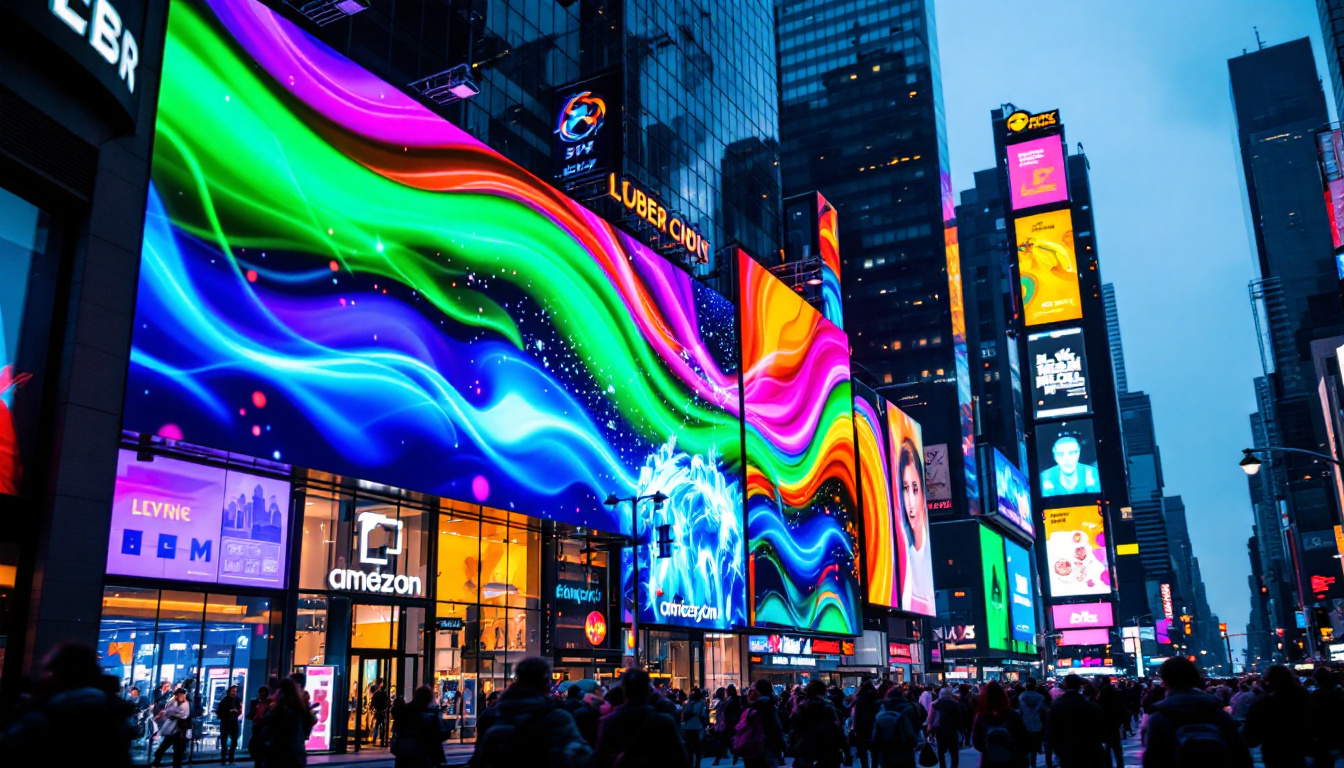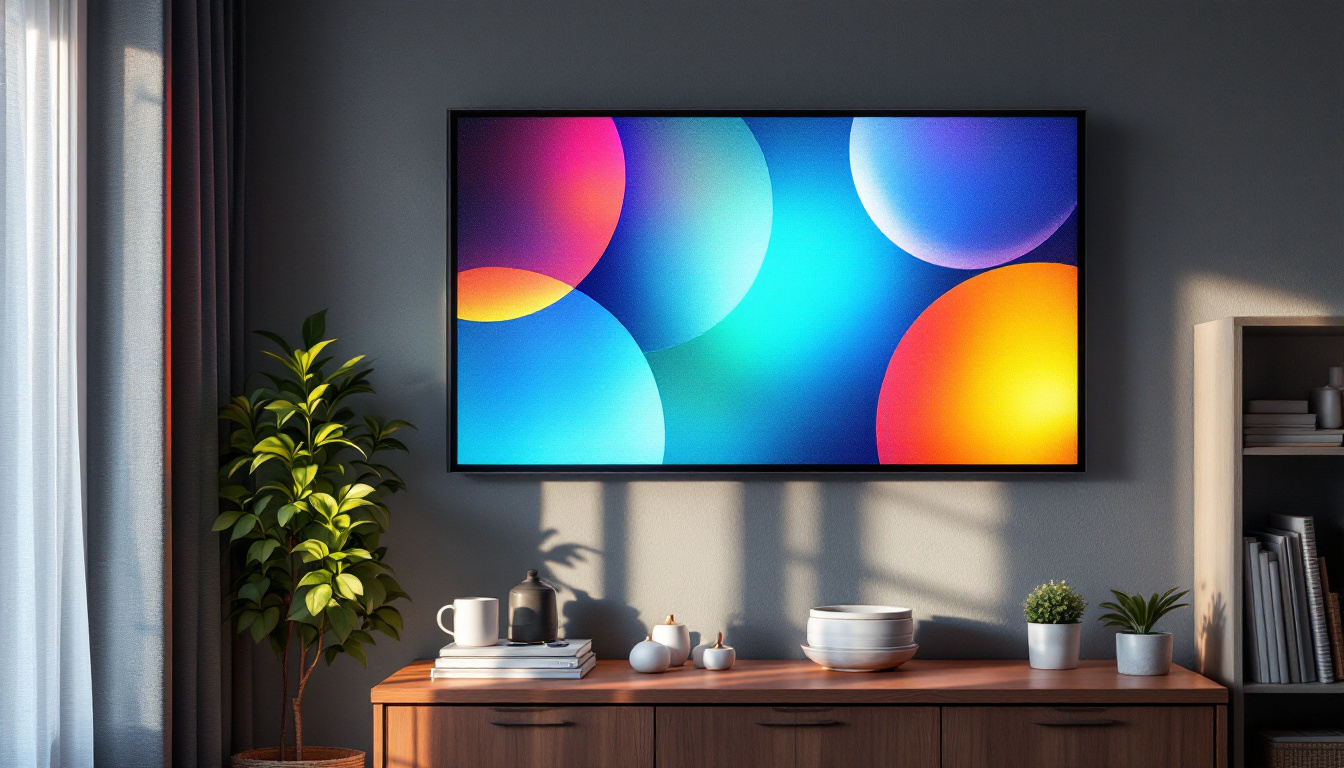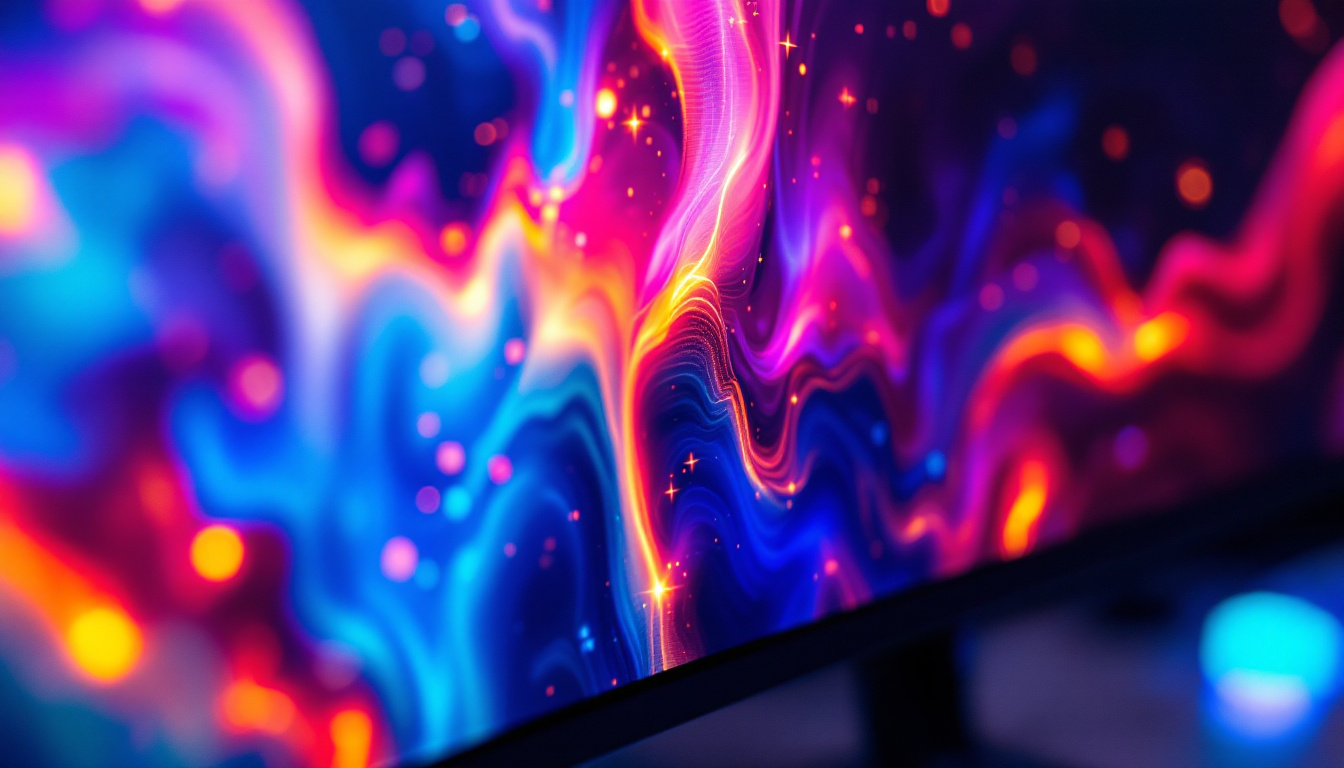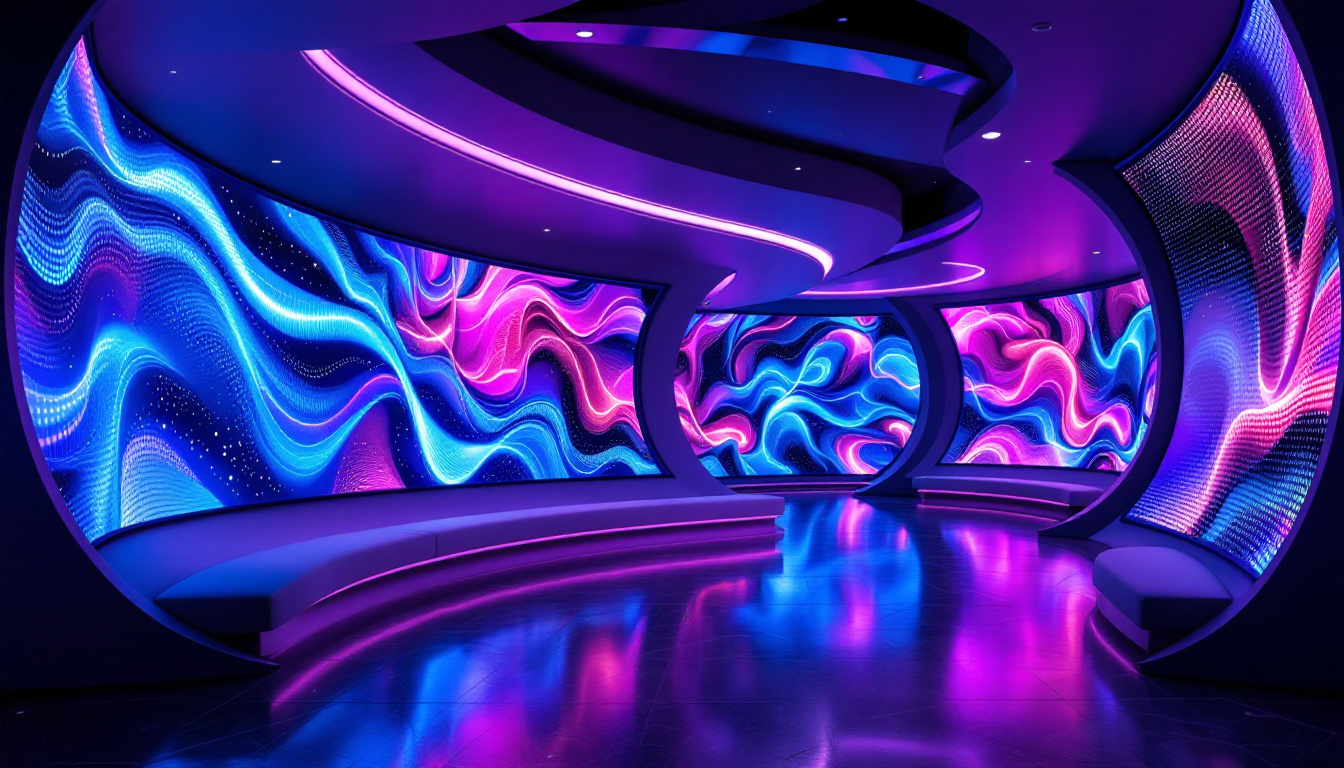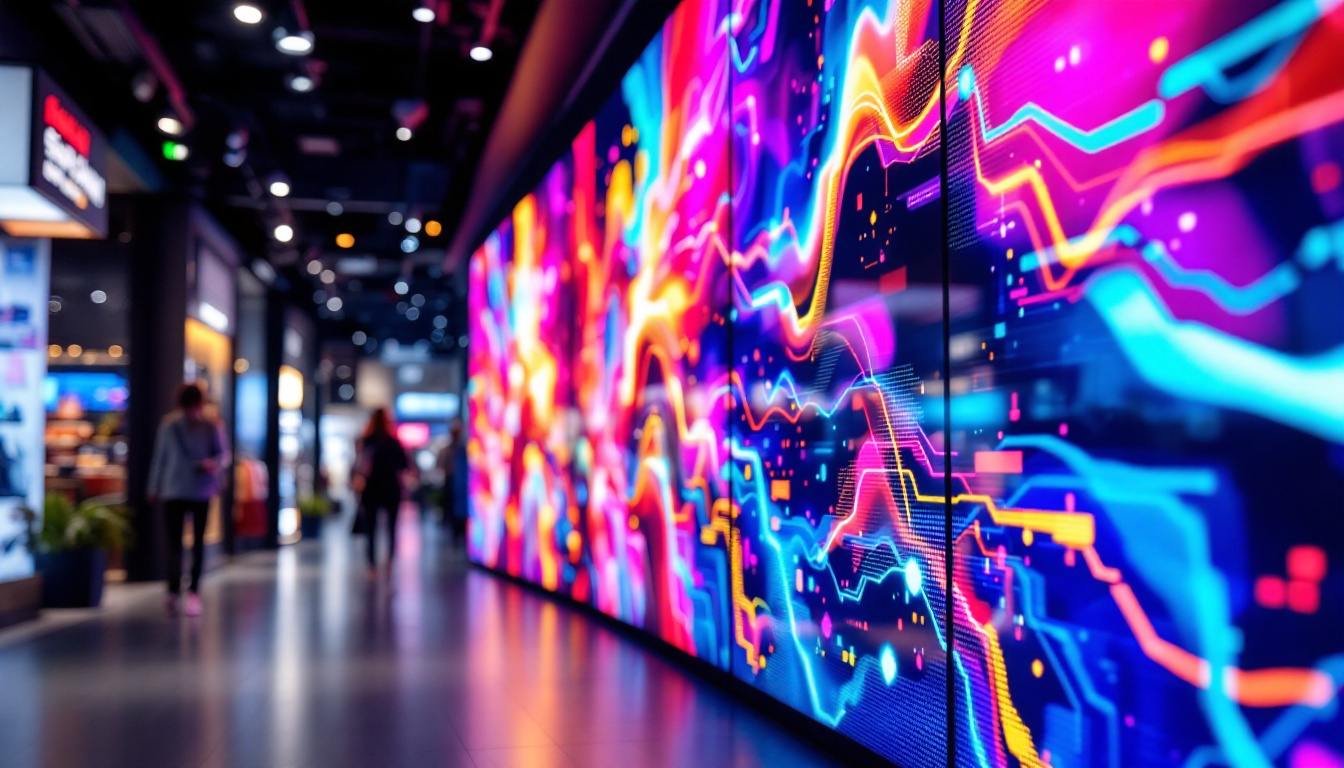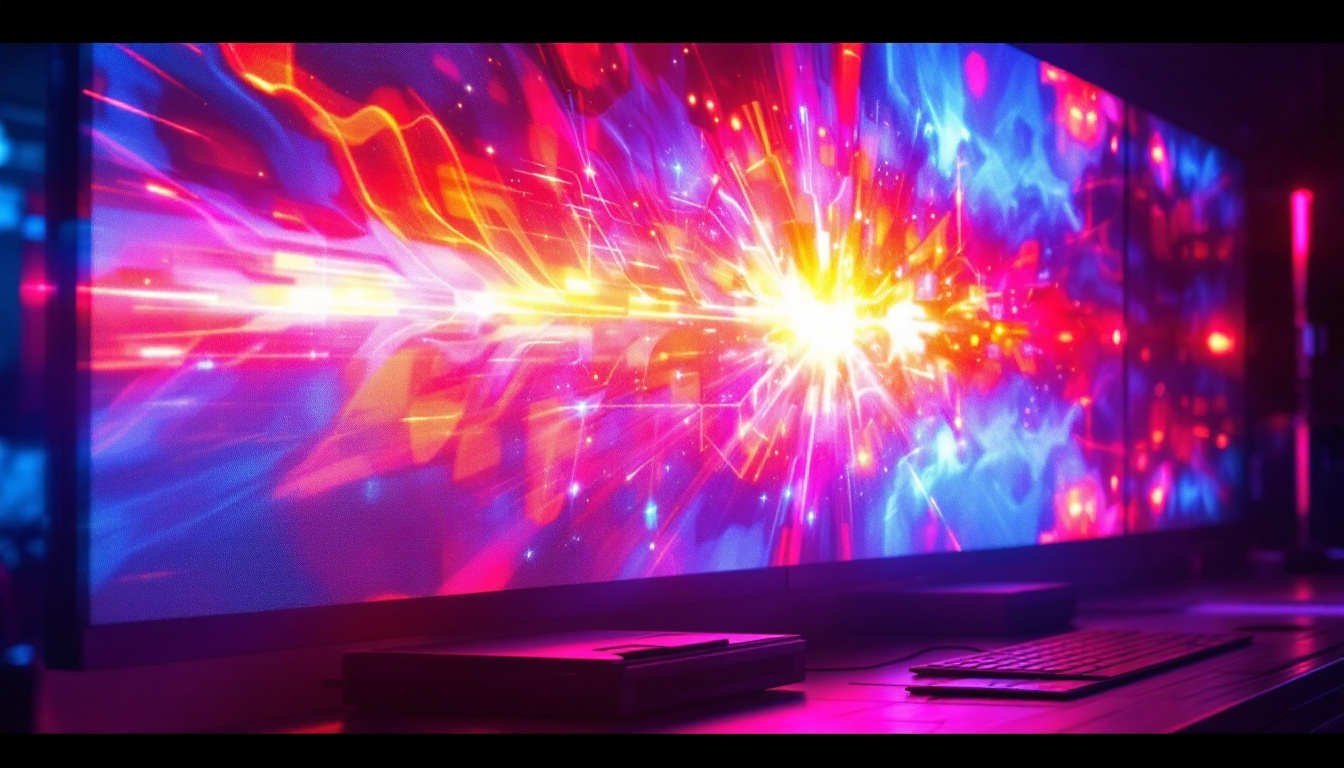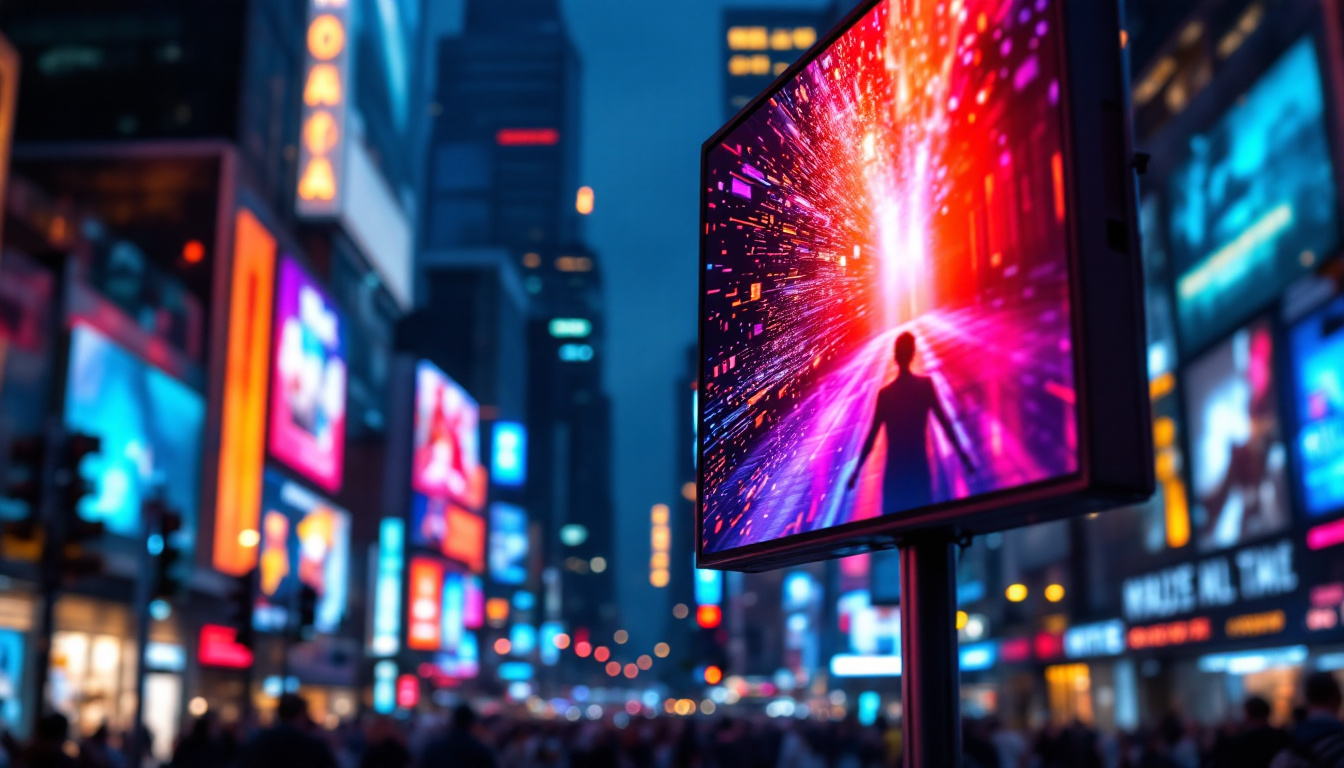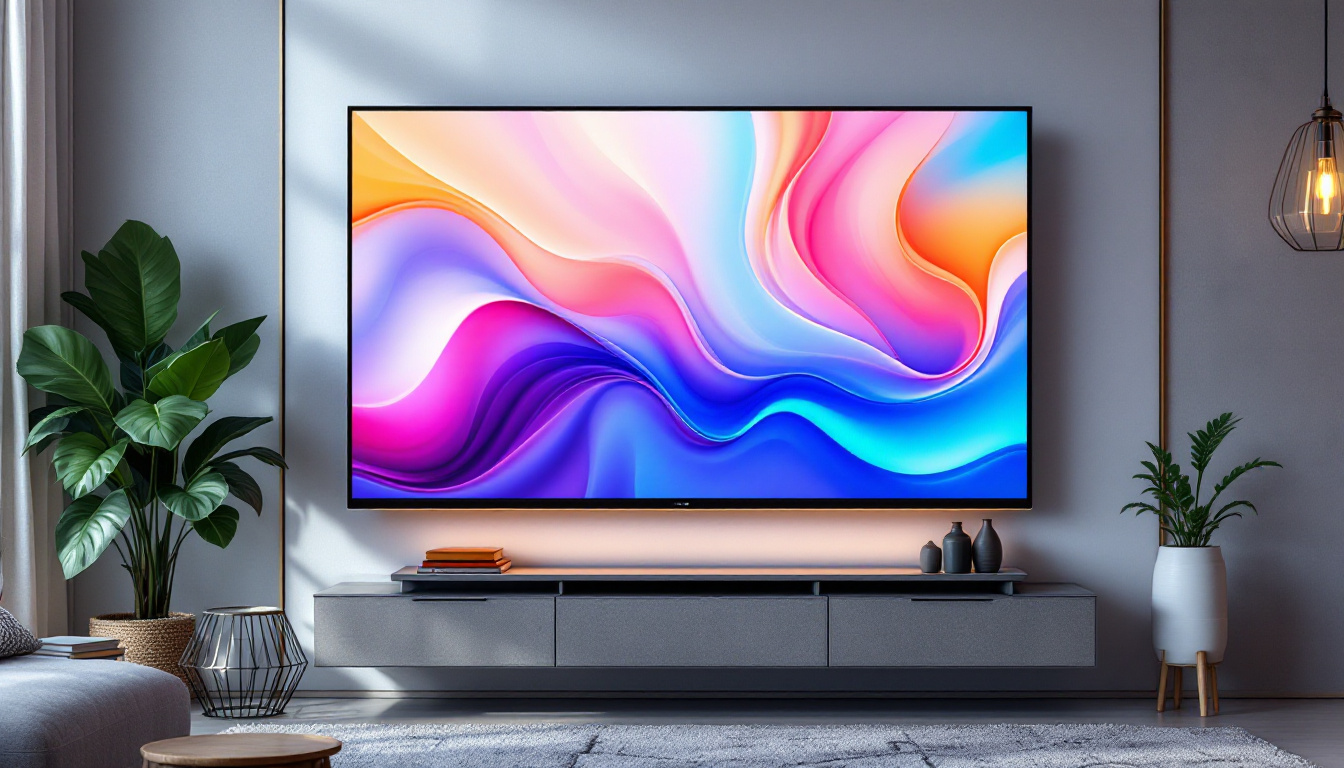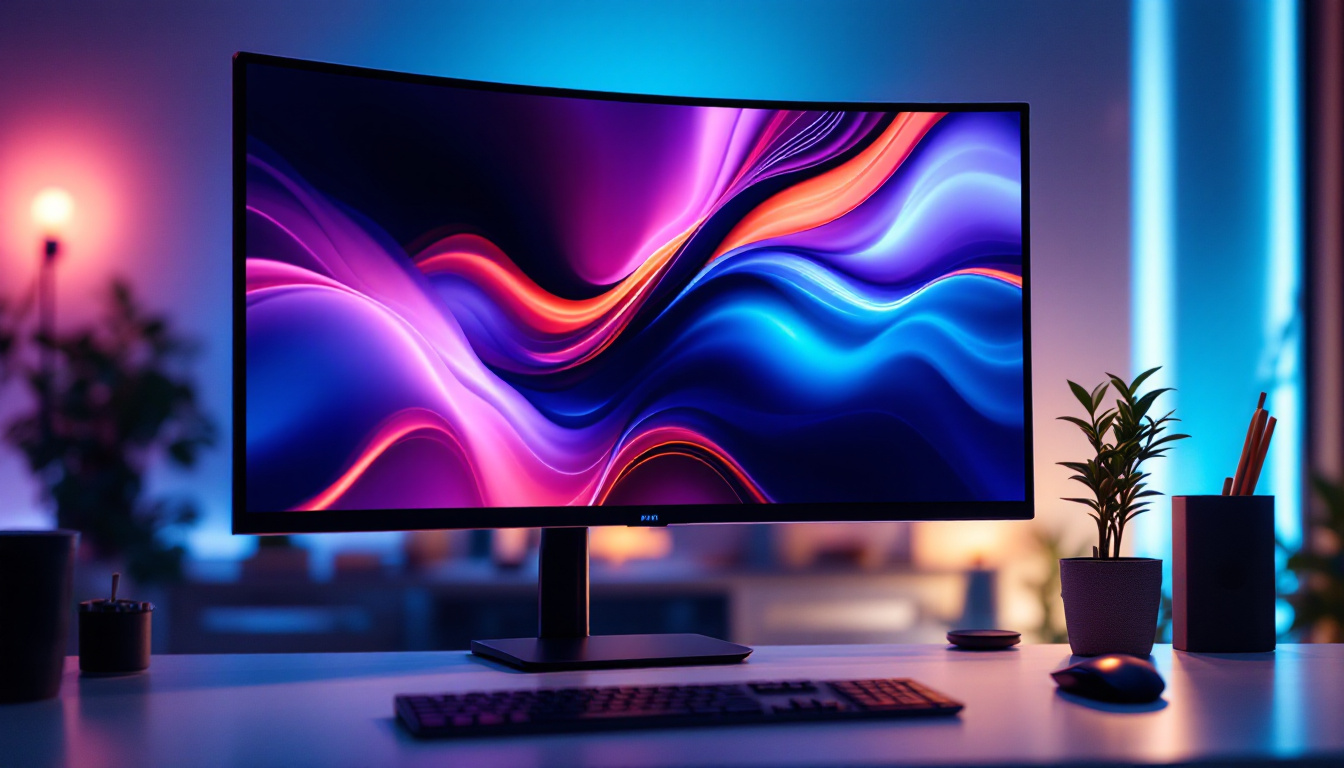In the ever-evolving world of technology, touch screens have become an integral part of our daily lives. From smartphones to interactive kiosks, the versatility of touch screens is unparalleled. Among the various display technologies, LED (Light Emitting Diode) displays have emerged as a popular choice for touch screens due to their vibrant colors, energy efficiency, and slim profile. This article delves into the intricacies of 15 touch screen LED displays, exploring their functionality, advantages, and applications.
Understanding Touch Screen Technology
Touch screen technology allows users to interact directly with what is displayed on the screen, eliminating the need for traditional input devices like a mouse or keyboard. This interaction can take place through various methods, including capacitive, resistive, and infrared technologies. Each method has its unique characteristics and applications.
Capacitive Touch Screens
Capacitive touch screens are the most common type found in modern devices. They work by detecting the electrical properties of the human body. When a finger touches the screen, it alters the electric field, allowing the device to register the touch. This technology supports multi-touch gestures, enabling users to perform actions like pinch-to-zoom or swipe.
One of the significant advantages of capacitive touch screens is their responsiveness and clarity. They offer high transparency and can display vibrant colors, making them ideal for applications where visual quality is paramount. However, they can be less effective when used with gloves or other non-conductive materials. This limitation has led to innovations such as glove-compatible capacitive screens, which utilize special coatings or materials to enhance touch sensitivity even when barriers are present. Furthermore, the rise of smartphone technology has propelled the development of capacitive screens, making them a staple in consumer electronics, from tablets to smartwatches.
Resistive Touch Screens
Resistive touch screens consist of multiple layers that detect pressure applied to the screen. When a user presses down, the layers make contact, registering the touch. This technology is less sensitive than capacitive screens but can be operated with any object, including a stylus or gloved hand.
While resistive screens are often more affordable and durable, they typically offer lower image clarity and brightness compared to their capacitive counterparts. They are commonly used in industrial environments and applications where durability is essential. For instance, resistive touch screens are frequently found in point-of-sale systems, medical devices, and outdoor kiosks, where their robustness is a significant advantage. Additionally, because they can be operated with a wider range of objects, they are particularly useful in settings where users may not be able to use their fingers, such as in sterile environments or when wearing protective gear. The versatility of resistive screens continues to make them relevant in various industries, despite the growing popularity of capacitive technology.
LED Display Technology
LED displays utilize light-emitting diodes to produce images. They are known for their brightness, energy efficiency, and longevity. LED technology can be found in various display types, including LCD (Liquid Crystal Display) and OLED (Organic Light Emitting Diode). Understanding how LED displays work is crucial for appreciating their role in touch screen technology.
How LED Displays Work
LED displays work by illuminating pixels made up of tiny diodes. Each pixel can emit different colors by varying the intensity of the red, green, and blue light. When combined, these colors create a full spectrum of hues, resulting in vibrant and dynamic images.
In touch screen applications, LED displays provide excellent visibility and contrast, making them suitable for both indoor and outdoor environments. Their energy efficiency also means they consume less power, which is a significant consideration for portable devices.
Types of LED Displays
There are primarily two types of LED displays: direct-view and backlit. Direct-view LED displays consist of individual LEDs that form the entire screen, while backlit displays use LEDs to illuminate an LCD panel from behind. Each type has its advantages and is suited for different applications.
Direct-view LED displays are often used in large-scale installations, such as billboards and digital signage, due to their brightness and visibility from a distance. Backlit displays, on the other hand, are more common in consumer electronics like televisions and smartphones.
Advantages of 15 Touch Screen LED Displays
The combination of touch screen technology and LED displays offers several advantages that enhance user experience and functionality. These benefits make them a preferred choice in various industries.
Enhanced Visual Quality
One of the standout features of LED displays is their exceptional visual quality. They provide bright, vivid colors and sharp contrast ratios, making content more engaging. This is particularly important in applications such as gaming, graphic design, and multimedia presentations, where visual fidelity is crucial.
Energy Efficiency
LED technology is inherently energy-efficient, consuming less power than traditional display technologies. This efficiency translates to longer battery life in portable devices and reduced energy costs for larger installations. As sustainability becomes increasingly important, the energy savings offered by LED displays are a significant advantage.
Durability and Longevity
LED displays are known for their durability. They are less prone to damage from impacts and can withstand harsh environmental conditions. This resilience makes them ideal for outdoor applications and environments where traditional displays might fail. Additionally, LED technology has a long lifespan, often exceeding 50,000 hours of use, which reduces the need for frequent replacements.
Applications of 15 Touch Screen LED Displays
The versatility of 15 touch screen LED displays allows them to be used in a wide range of applications across various industries. Their ability to combine interactivity with high-quality visuals makes them suitable for both consumer and commercial use.
Consumer Electronics
In the realm of consumer electronics, touch screen LED displays are ubiquitous. Smartphones, tablets, and laptops utilize this technology to provide users with intuitive and engaging interfaces. The combination of touch sensitivity and vibrant displays enhances the overall user experience, making devices more accessible and enjoyable to use.
Retail and Advertising
In retail environments, touch screen LED displays are increasingly used for interactive signage and kiosks. They allow customers to browse products, access information, and even make purchases directly from the display. This interactivity not only improves customer engagement but also provides retailers with valuable data on consumer behavior.
Healthcare and Education
In healthcare, touch screen LED displays are used in medical equipment, patient information systems, and interactive patient education tools. Their clarity and responsiveness facilitate better communication between healthcare providers and patients. In educational settings, these displays are used in smart classrooms, enabling interactive learning experiences that engage students and enhance collaboration.
Challenges and Considerations
While 15 touch screen LED displays offer numerous advantages, there are also challenges and considerations that must be addressed. Understanding these factors can help users make informed decisions when selecting a display for their specific needs.
Cost Factors
The initial cost of touch screen LED displays can be higher than traditional display technologies. Although prices have decreased over the years, budget constraints may still limit access for some consumers and businesses. It’s essential to weigh the long-term benefits against the upfront costs when considering an investment in this technology.
Screen Glare and Visibility
One common challenge with LED displays is screen glare, especially in outdoor environments. Direct sunlight can make it difficult to view content clearly, which may hinder usability. To combat this issue, manufacturers often employ anti-glare coatings or opt for high-brightness displays designed for outdoor use.
Touch Sensitivity Issues
While touch screens are generally responsive, there can be instances where touch sensitivity is affected by factors such as screen protectors or environmental conditions. Users should ensure that the display is properly calibrated and maintained to ensure optimal performance.
Future Trends in Touch Screen LED Displays
The landscape of touch screen LED displays is continually evolving, driven by advancements in technology and changing consumer demands. Several trends are emerging that are likely to shape the future of this technology.
Advancements in Display Technology
As technology progresses, new display technologies such as MicroLED and MiniLED are gaining traction. These innovations promise even better color accuracy, contrast ratios, and energy efficiency. As manufacturers adopt these technologies, touch screen LED displays will become increasingly sophisticated, offering enhanced performance and user experiences.
Integration with AI and IoT
The integration of artificial intelligence (AI) and the Internet of Things (IoT) is set to revolutionize touch screen LED displays. Smart displays equipped with AI capabilities can learn user preferences, provide personalized content, and enhance interactivity. This integration will lead to more intuitive and engaging user experiences across various applications.
Increased Adoption in Emerging Markets
As touch screen LED displays become more affordable, their adoption is expected to rise in emerging markets. Industries such as education, healthcare, and retail in these regions will benefit from the enhanced interactivity and visual quality that these displays offer. This trend will contribute to a more connected and technologically advanced global landscape.
Conclusion
15 touch screen LED displays represent a significant advancement in display technology, combining interactivity with high-quality visuals. Their applications span various industries, enhancing user experiences in consumer electronics, retail, healthcare, and education. While challenges exist, the benefits of touch screen LED displays far outweigh the drawbacks, making them a valuable asset in today’s technology-driven world.
As advancements continue to shape the future of this technology, users can look forward to even more innovative features and applications. The journey of touch screen LED displays is just beginning, and their impact on how we interact with technology will only grow in the coming years.
Discover the Future of Visual Engagement with LumenMatrix
Ready to elevate your interactive experiences with the latest in LED display technology? LumenMatrix is at the forefront of innovation, offering a diverse range of LED display solutions tailored to your needs. From captivating Indoor LED Walls to dynamic Outdoor LED Displays and beyond, our mission is to transform your visual communication with unparalleled clarity and impact. Don’t miss out on the opportunity to engage your audience like never before. Check out LumenMatrix LED Display Solutions today and step into the future of digital signage.


